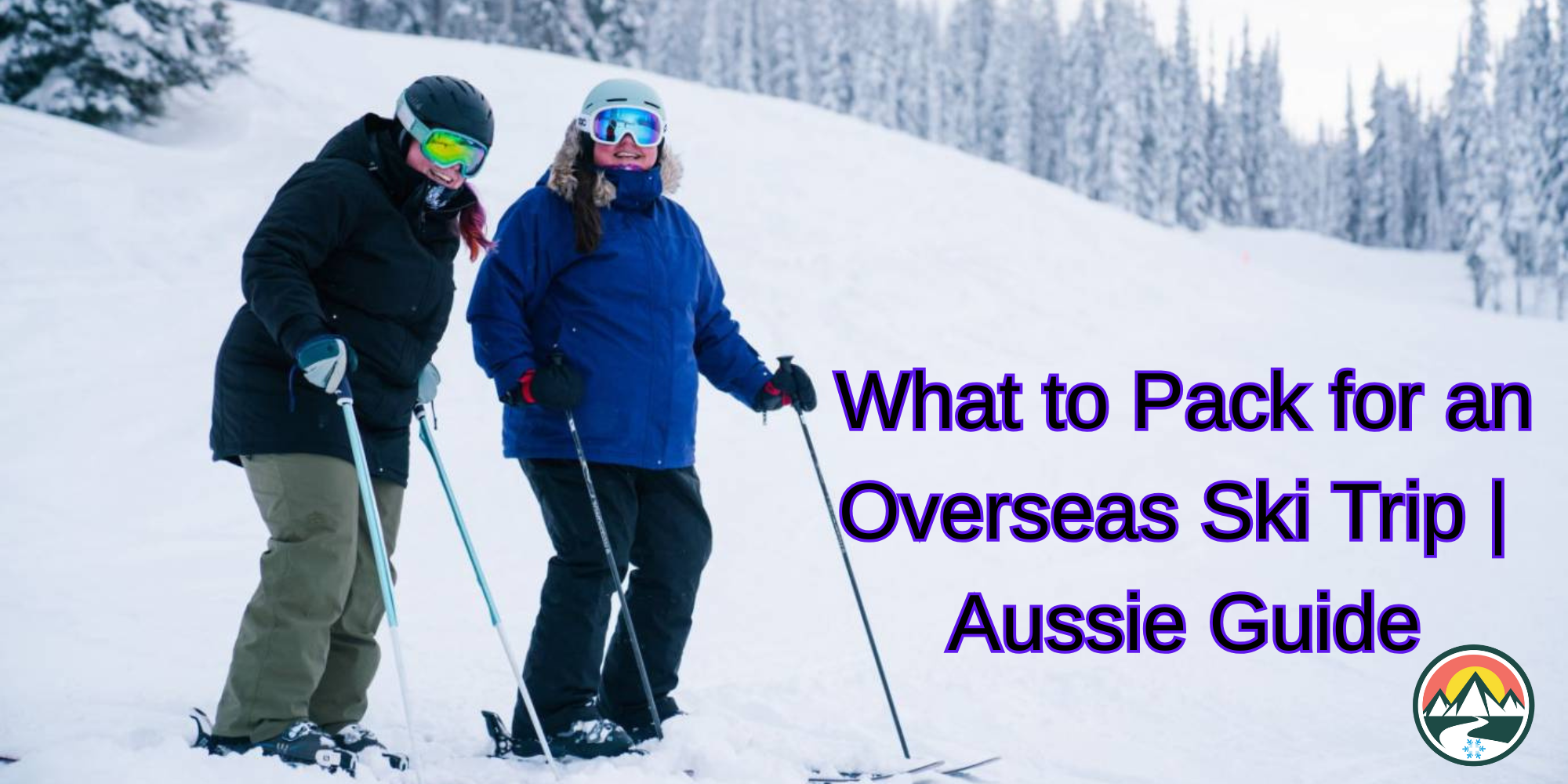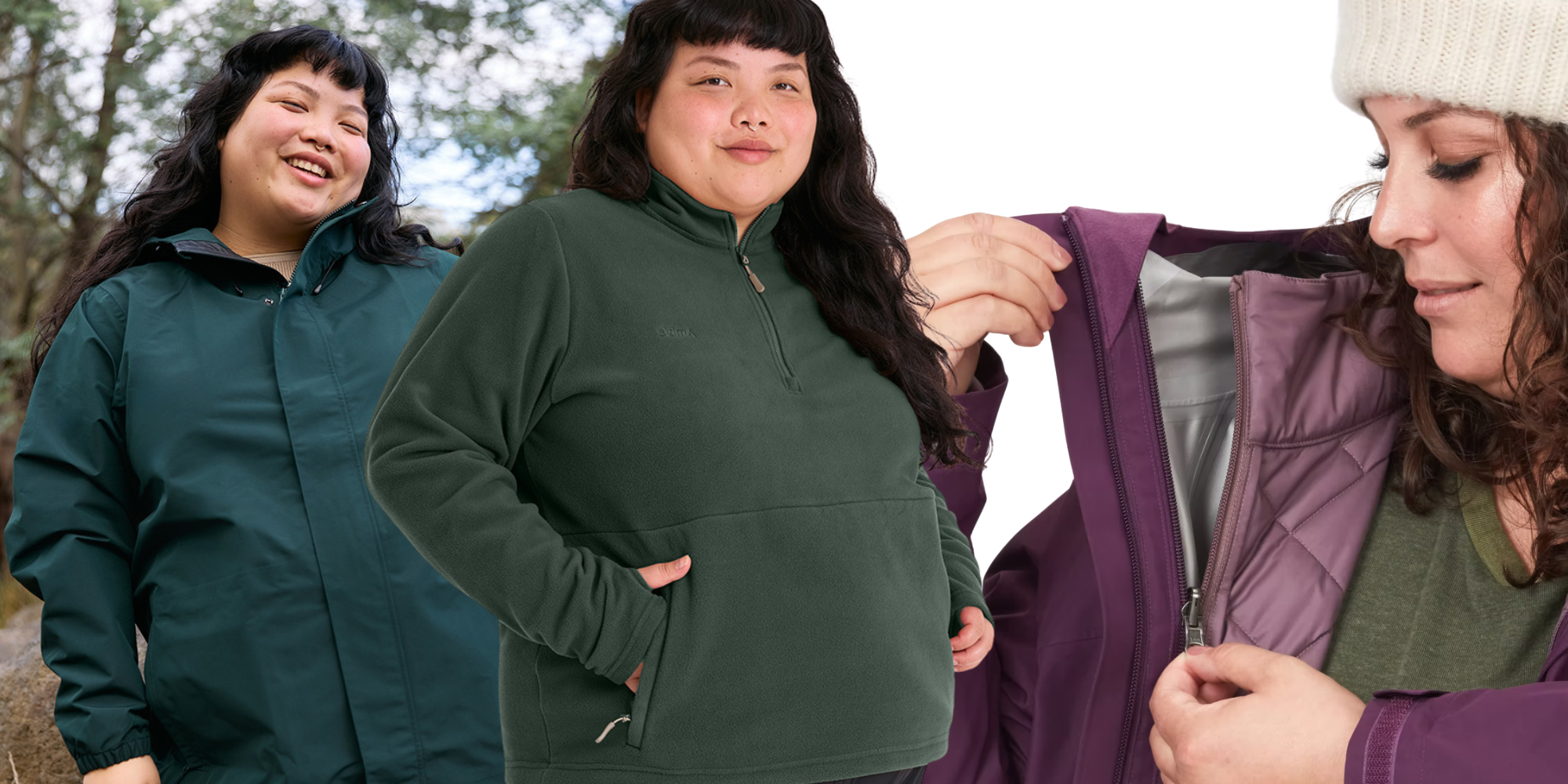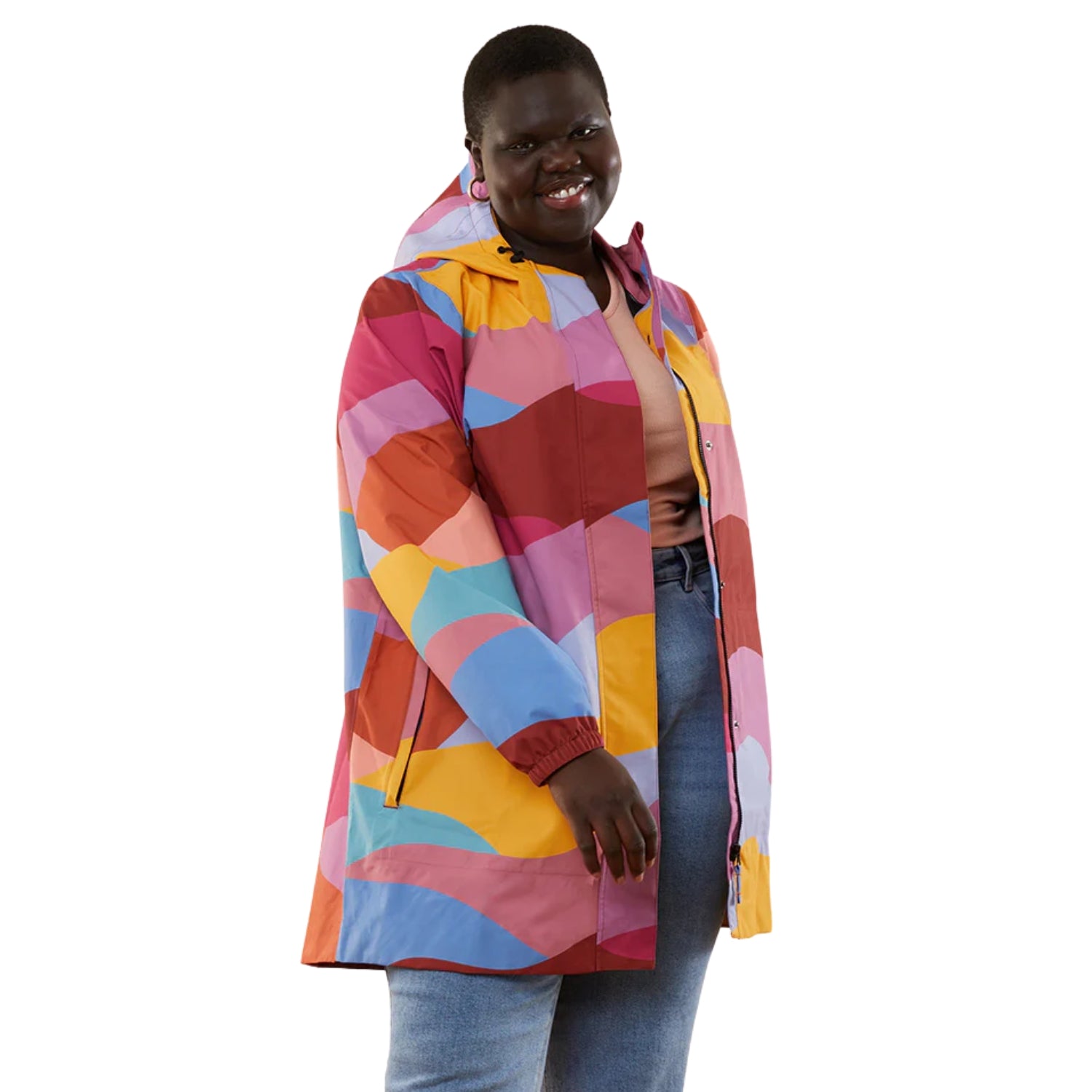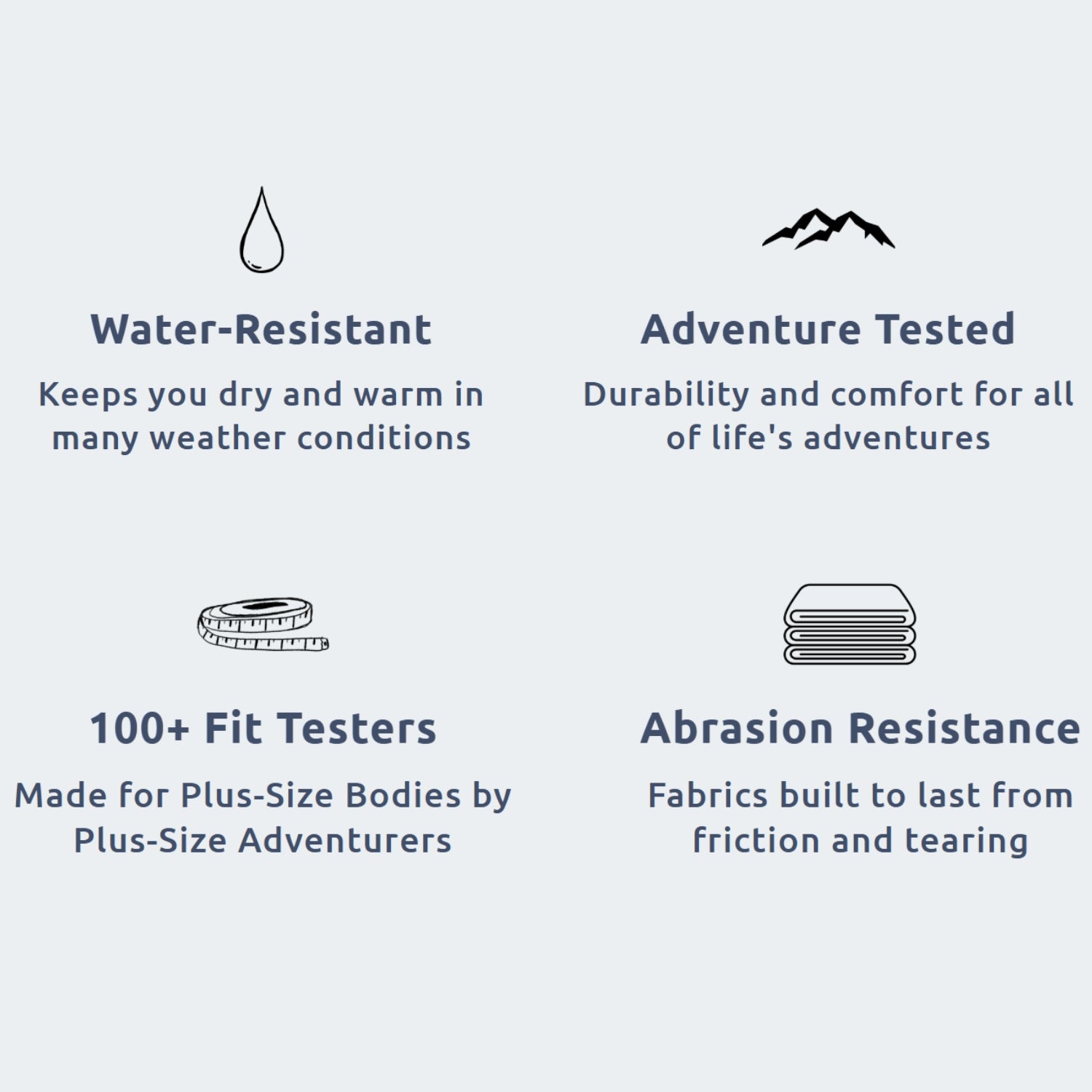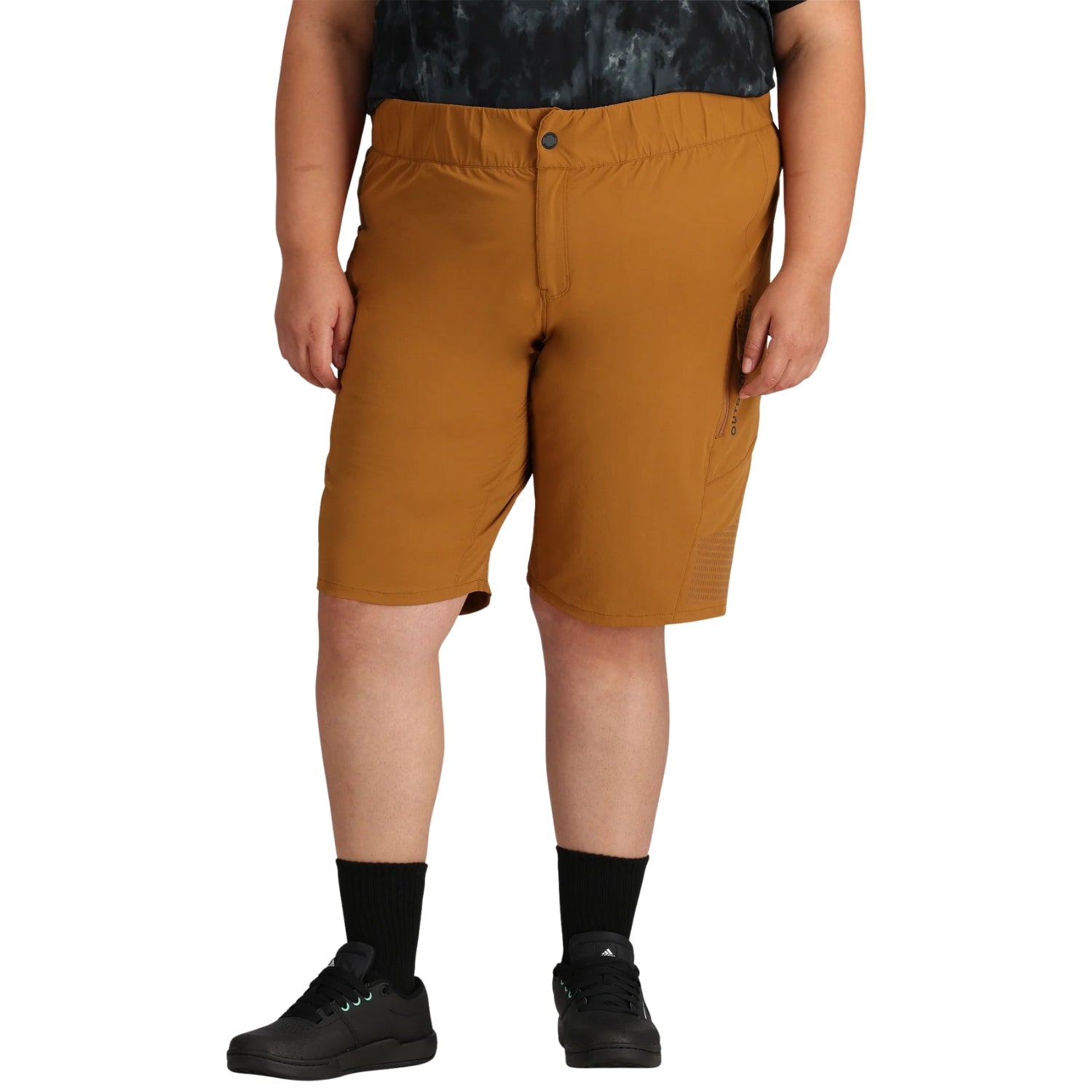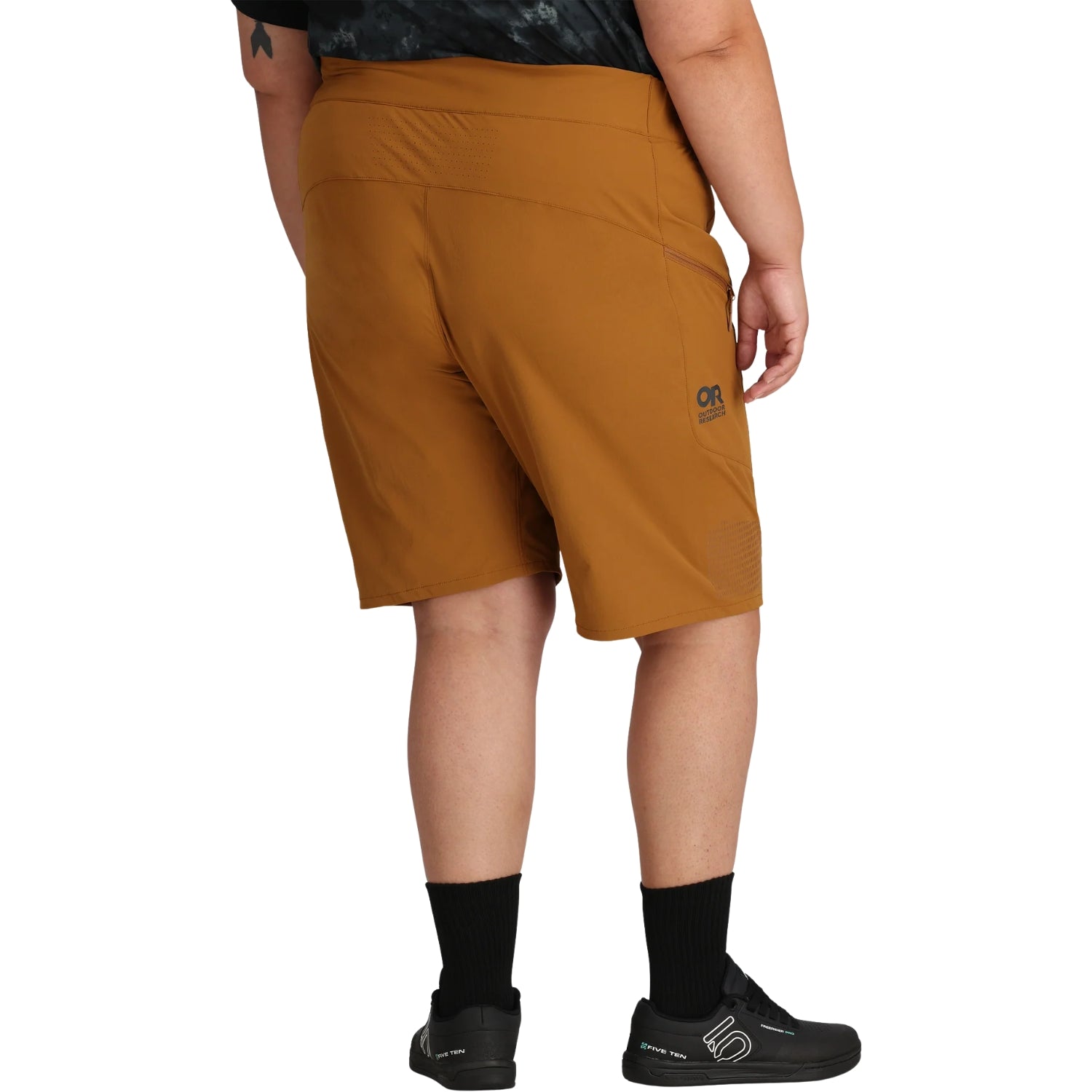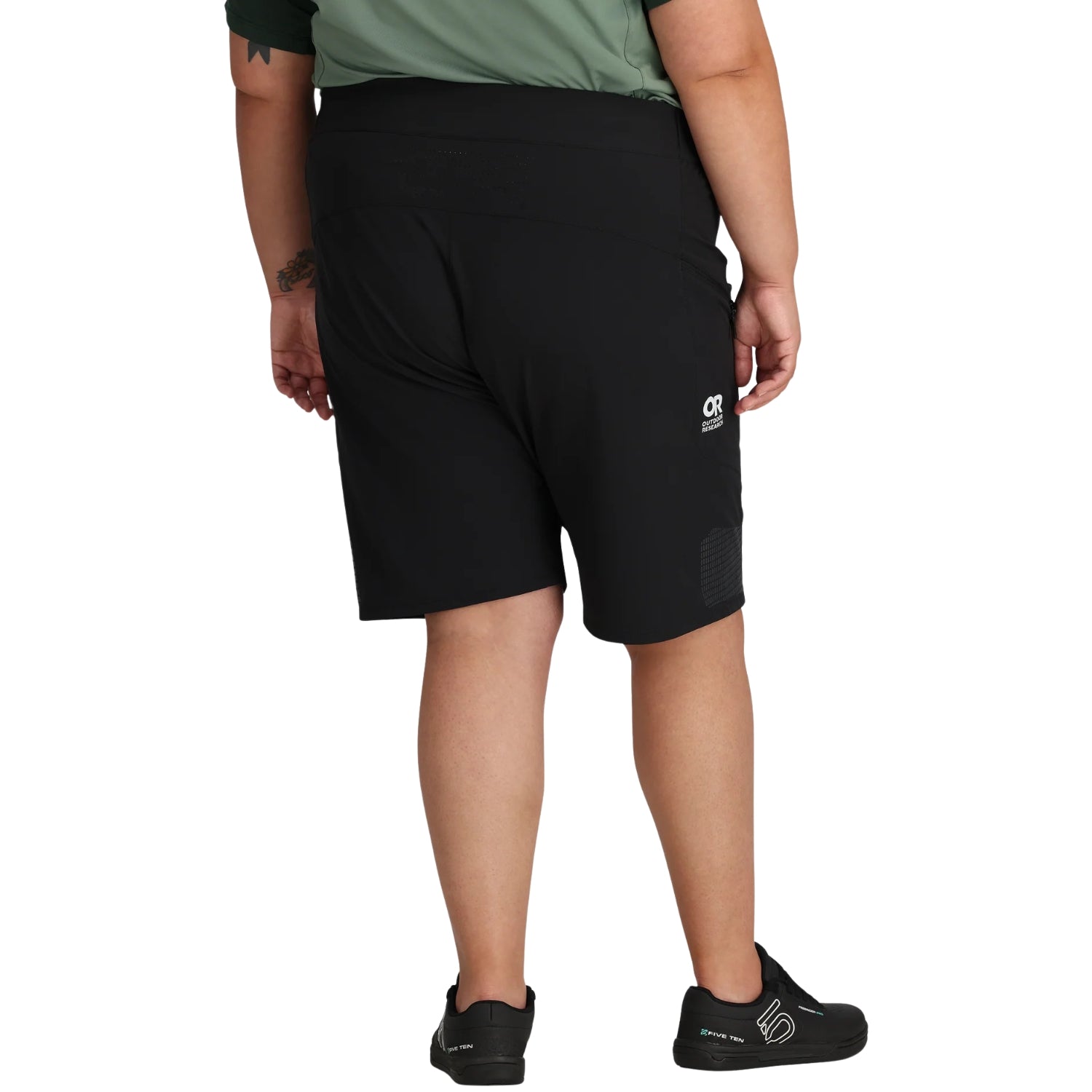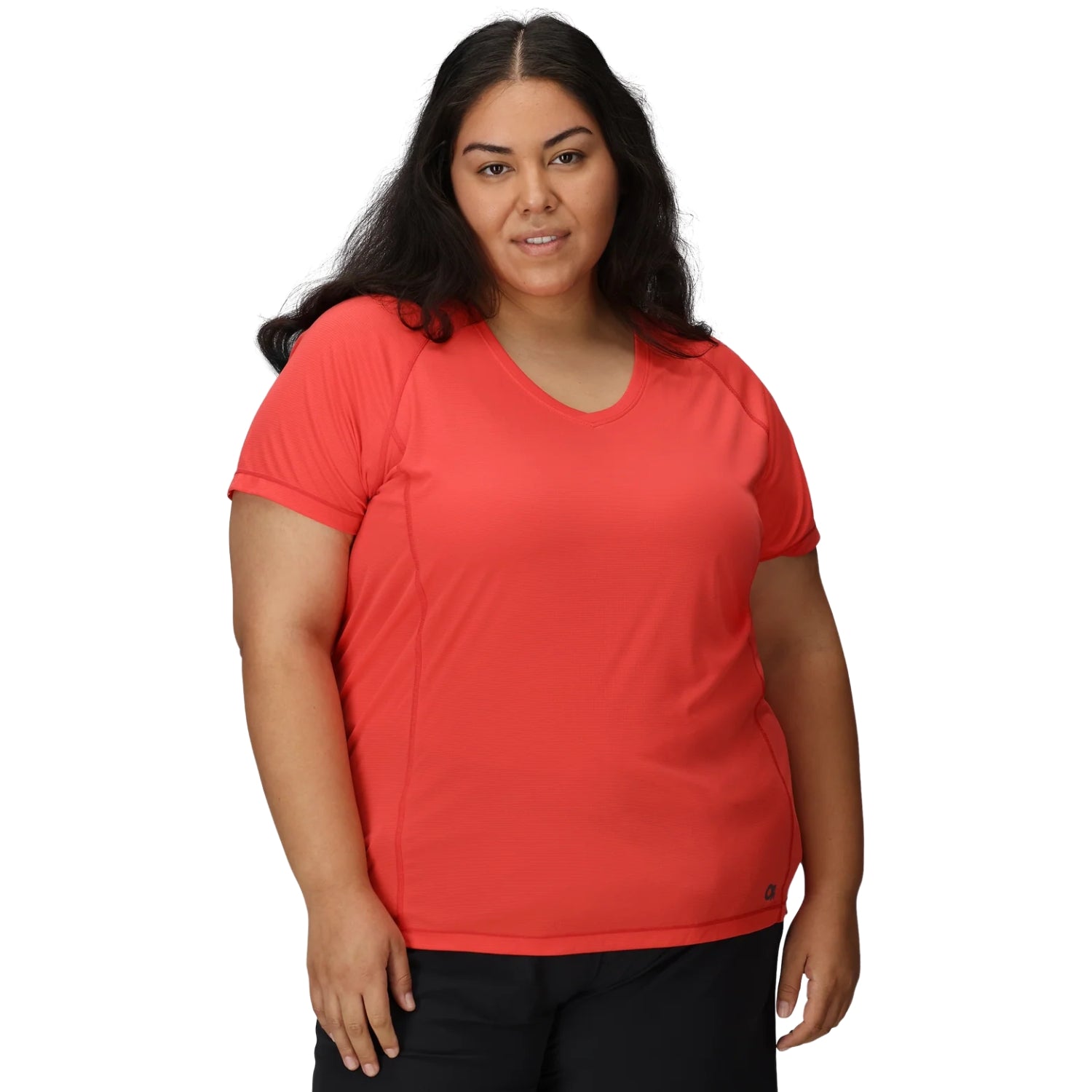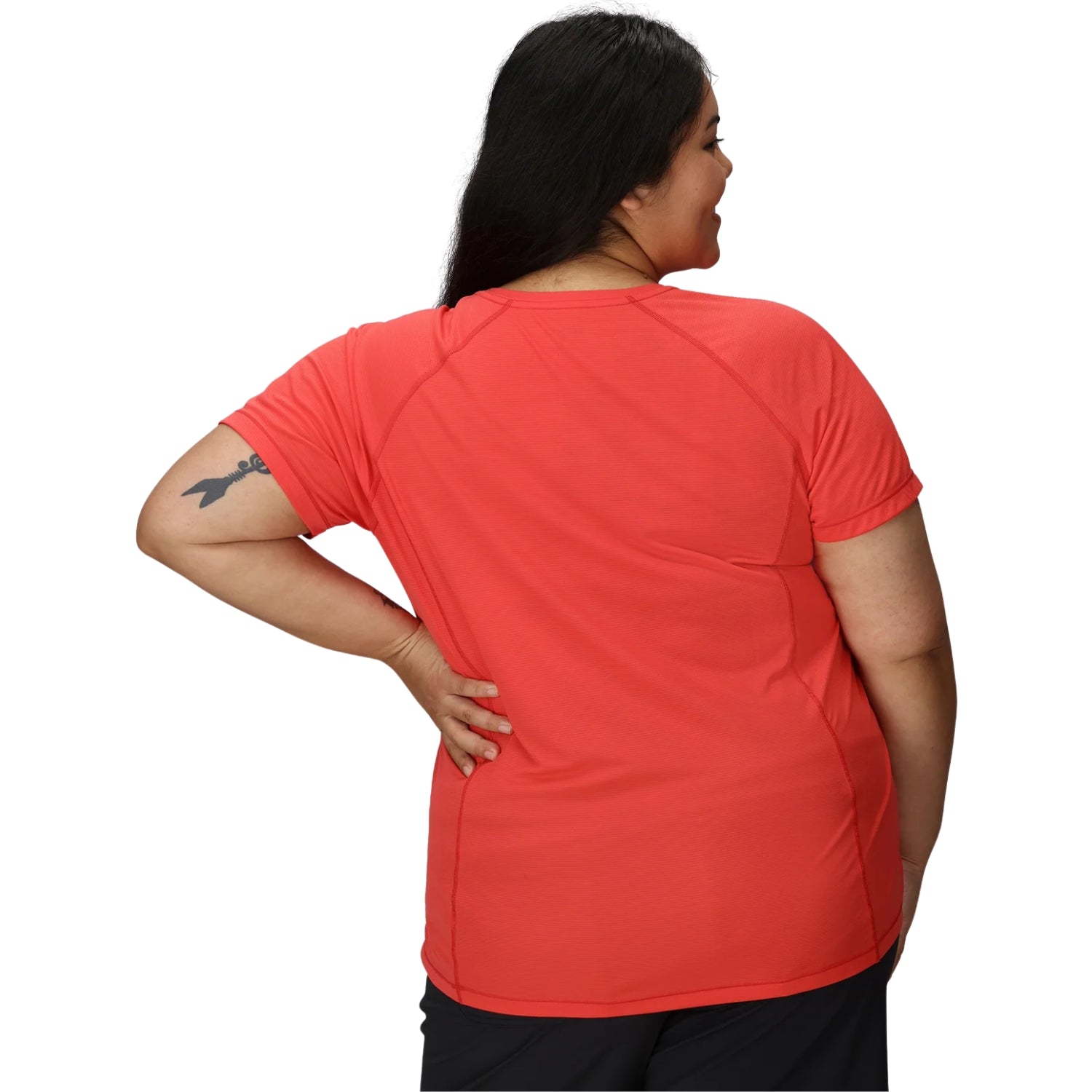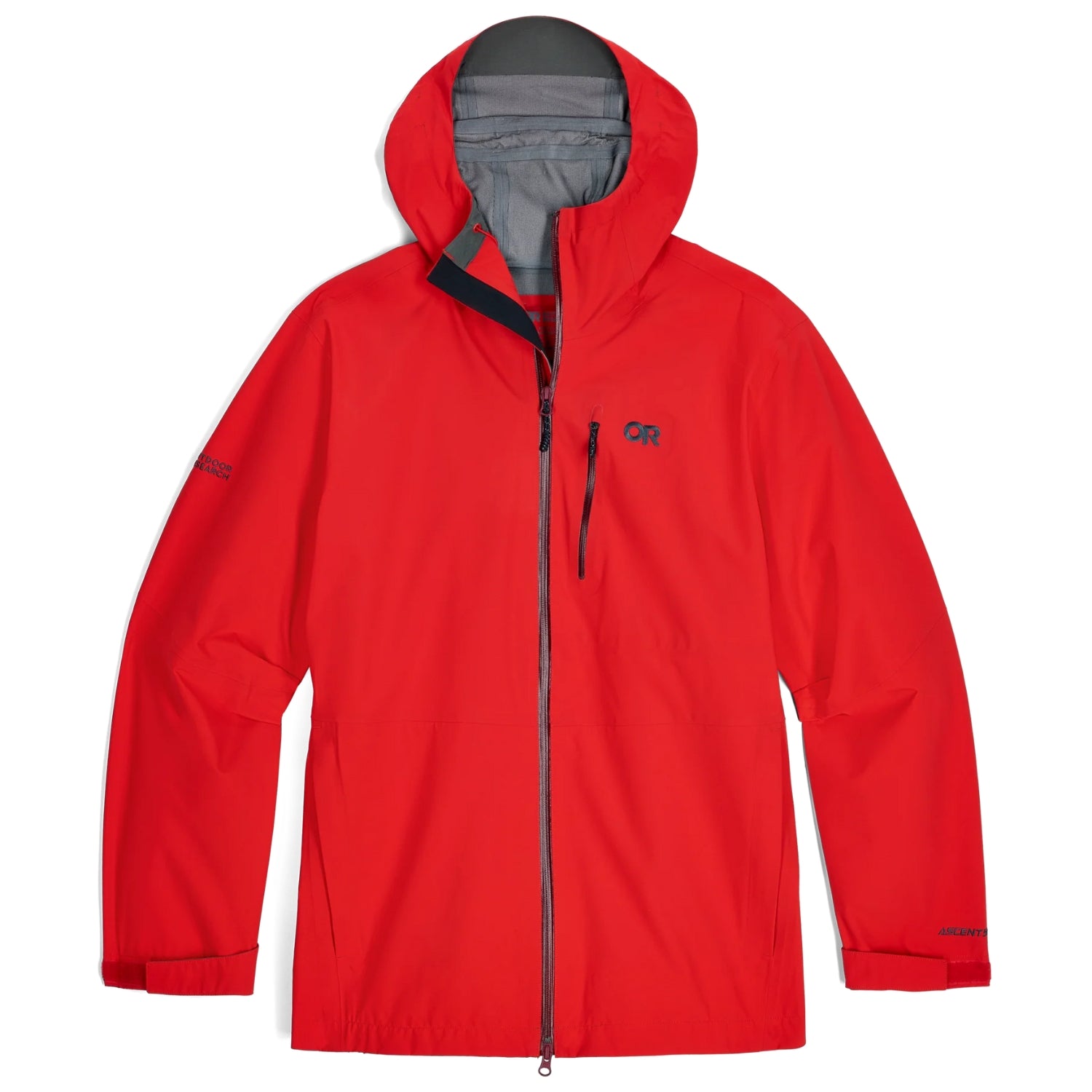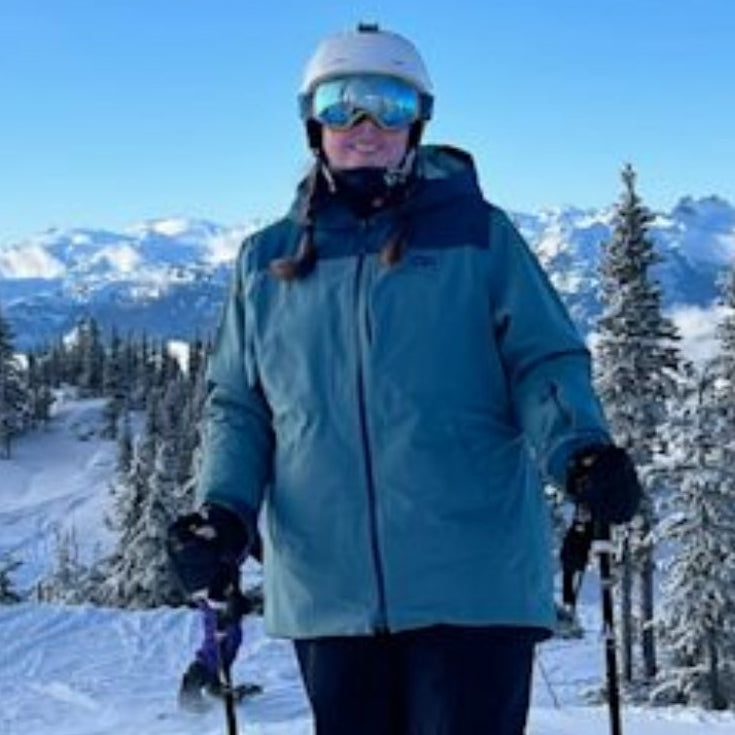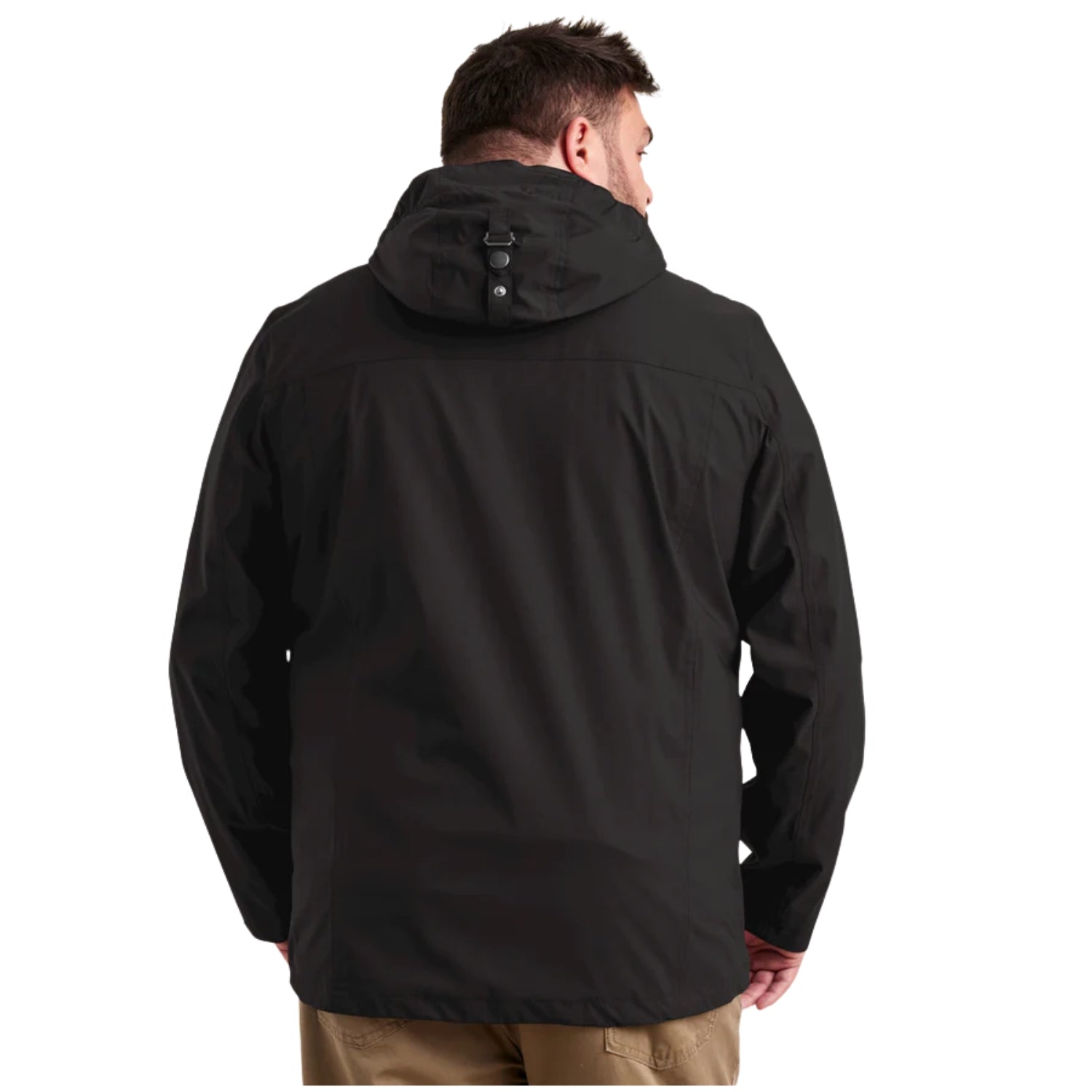Overseas Ski Trip Packing Guide for Australians
Having started as a ski shop and grown into Australia’s leading experts in plus-size outdoor and snow clothing, we have offered advice to hundreds of people on how to prepare for an upcoming ski trip.
Whether you are destined for Japan, Europe or the Canadian Rockies, getting ready for an overseas ski holiday is an exciting mix of anticipation and planning.
The best trips begin with good preparation and plenty of time to spare. Between finding the right gear (especially if you're plus-sized), packing for colder weather and navigating pre-Christmas shipping timelines, there is a lot to consider.
With years of experience helping Australians travel comfortably and confidently, we created this guide to help you pack smarter, plan earlier and make the most of your time on holidays and on the slopes.
1. What should Australians pack for an overseas ski holiday
Think in layers so you stay warm, dry and comfortable in colder winter weather.
Essential clothing packing list
- Base layers merino or technical synthetics: 3 sets
- Mid layers fleece, puffers, wool, vests: 2 - 3 pieces
- Ski jacket: 1
- Insulated ski pants: 1
- Ski socks: 4 to 6 pairs
- Gloves / mittens / glove liners: 2 pairs
- Neck gaiter and balaclava: 1 of each
- Helmet: 1
- Goggles: 1 - 2 pairs and possible alternative lenses
Apres Ski & Winter Clothing list
You won't always want to look like you're wearing ski gear when you're travelling, shopping or going out at night so you'll want some apres ski and casual winter clothing
- 2 to 3 outfits
- Insulated jacket: 1
- Winter pants: 1 - 2 pairs (Jeans are a big no. Softshell pants are ideal)
- Woollen socks
- Softshell gloves
- Cute beanie and scarf
- Warm Winter boots
If you are travelling as a family, multiply the quantities and consider accommodation with laundry facilities. Plus-size skiers shop the Plus Outdoor skiing and snowboarding collection for warm winter jackets, pants and accessories designed for skiing globally.
2. How many base layers should I bring for a ski trip overseas
Three to four sets is ideal for one to two weeks abroad. One to wear, one drying and one or two to spare.
I personally pack 2-3 thermal pants and about 5 thermal and technical tops which mix versatility and warmth for a capsule style of winter wardrobe. Think technical shirts and t-shirts which are ideal for transit days.
Choose merino wool or moisture wicking synthetics for comfort and quick drying performance. It's important to know that activewear leggings aren't suitable and make you colder than thermal leggings (they don't trap air between layers to keep you warm).
You can layer multiple thermal underwear pieces and rotate them so the cleanest layer is closest to your skin to make the most of them in between wash days.
Explore our plus size thermal and base layer range for breathable, lightweight styles that move with you.
3. Should I buy or rent ski gear for an international trip
A good rule of thumb for many travellers is to buy what depends on fit or touches your skin. That includes base layers, mid layers, outerwear, gloves and goggles.
Rent bulky or expensive items such as skis, boots and poles at your destination to save luggage space and cost. Renting helmets and goggles is not recommended for hygiene reasons.
If you’ve got hard-to-find pieces such as plus-size specific clothing or custom ski boots, we recommend bringing these with you in carry on luggage so there’s no risk of them getting lost in transit. Even a single day without an essential item can mean missing out on some exciting adventures on your holiday.
4. What ski jacket and pants work best for overseas ski conditions
Overseas resorts are often generally colder and drier than Australia’s alpine regions. Look for a waterproof rating of at least 8K (eight thousand millimetres) and breathability of at least 8K (eight thousand grams). Prioritise sealed seams, a powder skirt, adjustable cuffs and hoods, venting, pockets and enough room for more layering than usual.
Find these features in our plus-size ski outerwear collection.
TOP TIP - Mittens will keep you warmer. Every Single Time.
5. What is different about skiing overseas compared to Australia
| Aspect | Australian resorts | Overseas resorts |
|---|---|---|
| Temperature | Milder from minus two to plus five degrees | Colder from minus ten to minus twenty degrees |
| Snow type | Wetter and heavier | Drier and lighter powder |
| Altitude and terrain | Lower altitude and compact | Higher altitude and larger terrain, more exposure and risk |
| Layering approach | Lighter layers | More layers and high quality insulation recommended |
As a simple rule, pack 1-2 extra thermal sets and a thicker mid layer for destinations such as Japan or Europe. Merino wool socks are a must.
6. Should I worry about shipping delays before Christmas
Yes. Holiday season logistics can slow deliveries. Place orders three to four weeks before departure if possible to allow time for returns or shipping mishaps. Use express delivery if your departure date is getting close and allow time for exchanges or sizing adjustments.
Planning ahead means your gear arrives on time, without the stress and you travel with confidence.
Be sure to use the size charts or any sizing support which might be offered prior to shipping. In your haste to buy, you can make mistakes and that will likely ultimately lead to even bigger delays and greater dissappointment in your purchases.
7. How do I pack ski gear for airline travel
- Place heavy and bulky items such as ski pants and boots in checked luggage. Or wear your winter boots on the plane (and bring slides).
- Bring your packable puffer on the plane with you and use as a pillow or foot rest. If you’re using the TRS refund scheme then this is a double bonus!
- Roll thermals and lightweight clothing to save space
- Use packing cubes, ziplock, compression or vacuum bags for bulky layers
- Packing cubes are great for keeping your ski gear separate from your travel clothing
- Carry goggles and helmets in cabin bags to prevent damage
- Check your airline ski equipment policy as many carriers allow a dedicated ski and boot bag
- If travelling with ski equipment, consider using a hard case travel bag like Sportube to protect your equipment.
8. What fabrics and ratings should Australians look for
- Base layers merino wool or moisture wicking synthetics
- Mid layers fleece or light down
- Outerwear waterproof ratings from eight thousand to twenty thousand millimetres and breathability of at least eight thousand grams
- Construction sealed seams, YKK zips and reinforced knees for durability
- Socks merino wool long for skiing and shorter for daily wear
Learn more in our technical outerwear guide.
9. How do I handle washing and drying ski clothing overseas
Quick dry fabrics make life easier. Many lodges include drying rooms but in hotels we would usually hang our clothing on coat hangers high in our bedrooms. A pegless clothes line is ideal for this. Pack small detergent sachets, a universal sink plug and mesh laundry bags for socks and thermals. Wash base layers every two days. Air outerwear overnight and hang to dry with the wettest side on the outside.
The cleaner your gear is, the better it will work in wicking moisture away from your body to keep you warm dry and comfortable. Plus you'll smell less too!
Wondering about washing before you go? It might be the best idea if you have time. Learn all about it here. Summer is alwaus the best time to wash your ski gear!
10. What travel insurance do I need for an overseas ski holiday
Choose a policy that includes snow sports cover. Sometimes that means that the policy does not explicity exclude sports like skiing, and sometimes the company has a 'snowsports policy extra' as an optional add-on to your insurance coverage.
Confirm medical expenses, gear loss or damage, weather related trip changes and equipment hire are included. Review details through Smartraveller and your preferred Australian insurer before you leave.
TOP TIP 1 - Try on your gear well before it's time to pack it
Sometimes your body may have changed shape, so try on your gear with all your layers so you don't discover any changes at the last minute.
Fit affects performance and enjoyment. Test your range of motion and layering before you pack. Use all the gear's features, pockets, pull-cords and clips to make sure everything is still working.
Choose adjustable cuffs and waistbands to prevent heat loss. Layer efficiently to stay warm without bulk.
If you're size 16 and up browse our plus-size ski or snow collection to get set for your trip.
TOP TIP 2 - Claim back your GST at the airport before you fly.
The Australian Goverment now have a TRS scheme which allows you to claim your GST back at the airport for goods intended for use overseas (when leaving Australia as a tourist). There's a few conditions which are easily met for goods purchased for use overseas. Learn about the Tourist Refund Scheme for Australian Travellers here.
Final thoughts
An overseas ski holiday is one of the most rewarding adventures you can have. The more you prepare, the more relaxed and excited you will feel when you arrive. As tempting as it seems, don't save shopping for when you get there. Its an added stress and time wasted while on holidays.
Start early, try on everything you're bringing, pack thoughtfully and choose quality gear that keeps you warm, dry and comfortable from the first chairlift to the last après ski drink.
You've got this!


